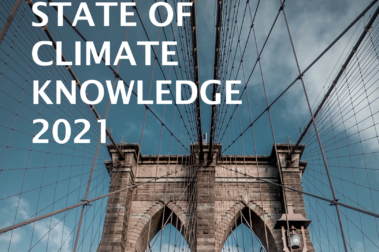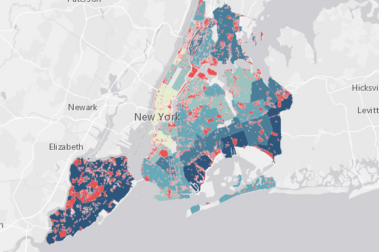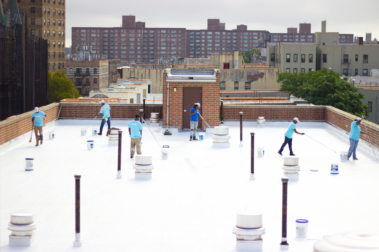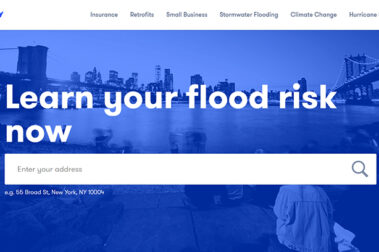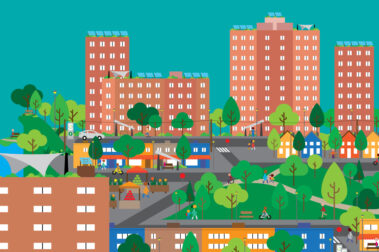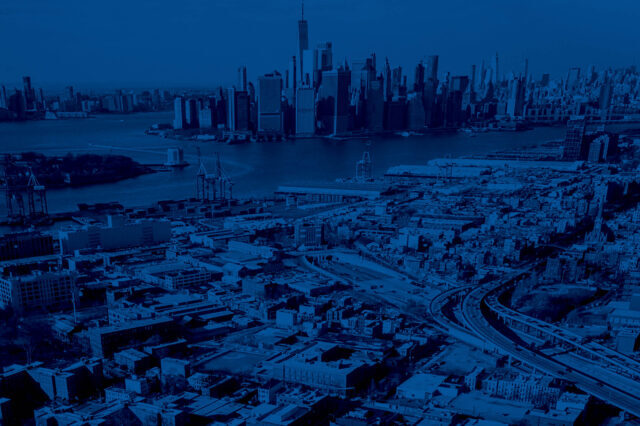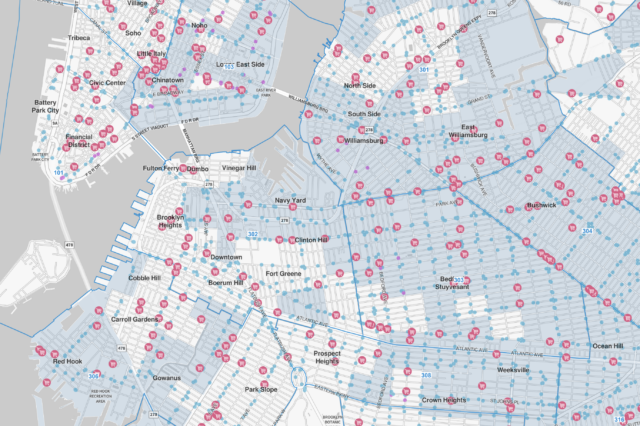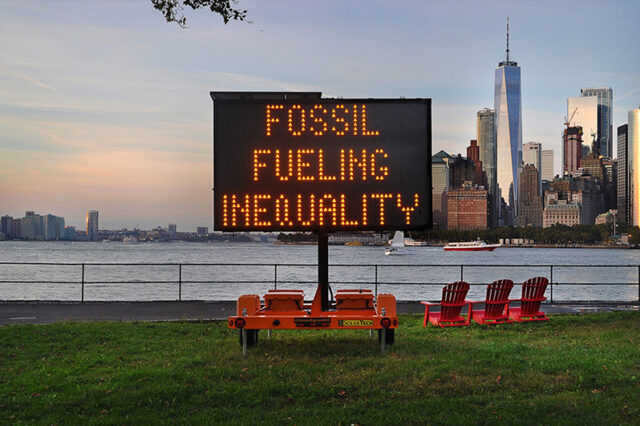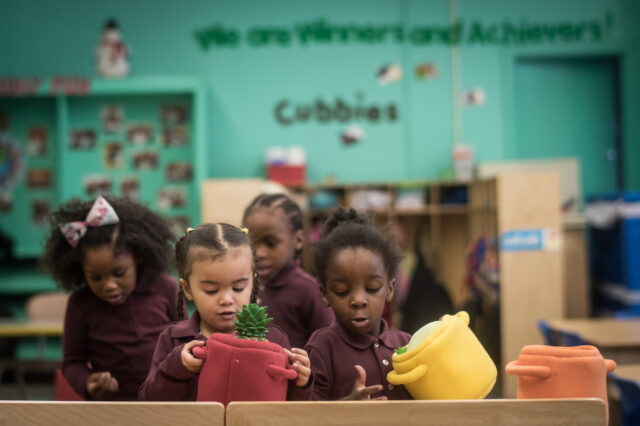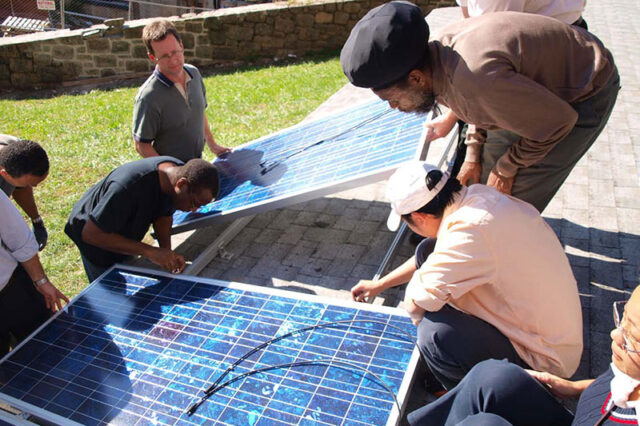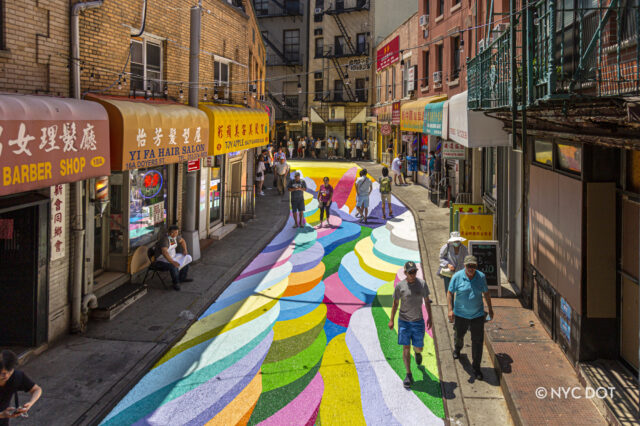History and Partners
Be A Buddy began in 2018 as part of Cool Neighborhoods NYC, a city-wide extreme heat strategy. It was developed by the NYC Department of Health and Mental Hygiene (DOHMH) and the Mayor’s Office of Resiliency in partnership with community-based organizations (CBOs) in three neighborhoods impacted by extreme heat — Union Settlement (East Harlem), The Point CDC (Hunts Point), and Brooklyn Community Services (Brownsville).
How it works
The Be a Buddy model promotes social resilience through hyperlocal volunteer networks that provide ongoing social engagement to build community connections, cohesion, and trust. Participating CBOs identify heat-vulnerable residents, such as people over age 65, with multiple comorbidities and who are socially isolated. The CBOs recruit and train local volunteers, and coordinate wellness checks. The network can be activated during an emergency, connecting at-risk New Yorkers to services, including food, health care, and air conditioning.
The Be a Buddy model takes advantage of the near-certainty of annual heat emergencies to “practice” for the range of climate impacts and other emergencies that disproportionally impact some communities.
Results
- During the two-year pilot, the BAB networks grew to serve over 1,300 residents with the help of 66 local volunteers and 500 engagement events.
- When the COVID-19 pandemic struck in spring 2020, BAB organizations were prepared by design to respond – and did so voluntarily – safely offering critical resources and comfort through their volunteers’ already established relationships with their “buddies”. From March to August of 2020, the BAB networks conducted over 11,000 check-ins.
- Buddies surveyed reported the program has made them feel more supported and appreciated by their community and increased the number of local relationships.
- Forty-six percent (46%) of volunteer buddies reported calling 20 or more high-risk neighbors during weather or other emergencies since the program’s inception in 2018




